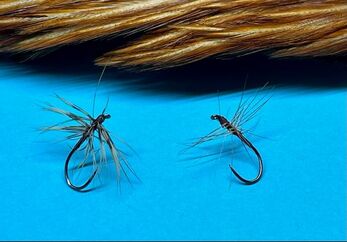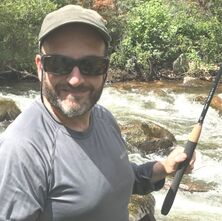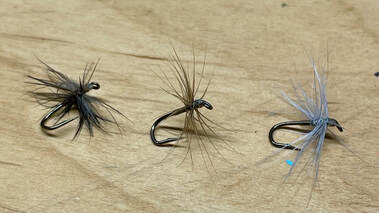 Left fly - hen pheasant / Right fly-Indian rooster cape Left fly - hen pheasant / Right fly-Indian rooster cape STEWART'S SPIDER Variation by Adam Rieger Hook: Size 12-14 standard shank Thread: Your choice of color Body: Thread Hackle: sparse hen pheasant or Indian rooster cape. (HISTORY WC Stewart's "The Practical Angler" was published in 1857. It was a landmark book for two major reasons. The first is that in it, Stewart strongly advocated to fish upstream. He was not the first to do that but the vast majority of fly fishing was done downstream and the vast majority of fly fishing books talked about techniques for fishing downstream. His advocacy for upstream fishing was groundbreaking and met with debate, but Stewart was such an exceptional angler that the technique he advocated, in his own hands, left few with much to argue about once seeing him in action. The second major reason this book was a landmark is because he classified the dressing of hooks (tying flies) into two categories - "spiders" and "flies". This first grouping he called spiders were his all purpose all the time "fly". More than anything, the spiders are more a technique to dress a hook rather than specific patterns. He did prescribe 3 specific patterns only one of which, the black spider, is something one can tie today - the other two include feathers from birds that are not legal to sell. (That said, nothing is stopping you from using any reasonable substitute for those feathers.)
0 Comments
|
TIE THIS!-Guest Fly Tyers Archives
February 2024
Categories |



 RSS Feed
RSS Feed